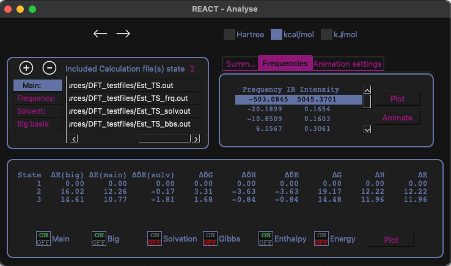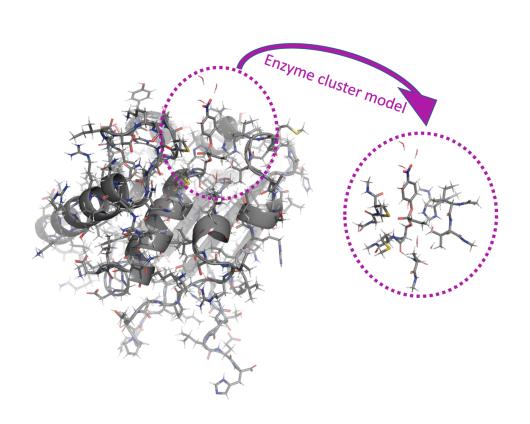Through Advanced User Support from Sigma2, PhD Geir Villy Isaksen, senior engineer at NRIS / senior researcher and Bente Sirin Barge, PhD candidate at Hylleraas Centre for Quantum Molecular Sciences, University of Tromsø (UiT), have recently completed the prototype of their software REACT (Relative Energies Automated Calculation inTerface).
Barge and Isaksen both have their backgrounds in computational molecular sciences and not surprisingly, REACT is a software package for the analysis and visualisation of molecular systems.

Through everyday life as researchers at the Hylleraas Centre, they have seen the benefits of this type of software for a long time. The main motivation behind this was the desire to be able to efficiently utilize available HPC resources to calculate reaction mechanisms in enzymes along with their associated energies.
Tailored for efficient setup and analysis
Here it must be emphasized that we do not need to go many years back in time before quantum mechanical calculations were reserved only for small systems consisting of one to a few atoms. With the help of supercomputers and recent advances therein, it is now possible to perform calculations on ever-larger molecular systems.

Big model systems resembling for example enzymes however quickly become both complicated and tedious to set up and analyse manually. Moreover, as these calculations are very expensive in terms of CPU time, a small human error in the models could potentially result in thousands of CPU hours wasted. Therefore, REACT is tailored for efficient setup and analysis of quantum mechanical calculations of reaction mechanisms in larger models based on enzymes (cluster models). The most complicated and error-prone processes are in REACT automated to reduce the likelihood of human-introduced errors. This will in turn also reduce the probability of wasting valuable HPC resources computation time.
Available on supercomputers Fram and Saga
Using REACT's cluster model generator, users can, with a few keystrokes, set up run-ready models to study, for example, reaction pathways in enzymes. REACT will be available on the HPC systems Fram and Saga so that users can easily analyse their quantum mechanical calculations onsite without having to download several large files locally.
About Hylleraas Centre
The Hylleraas Centre for Quantum Molecular Sciences is a Centre of Excellence shared equally between the University of Oslo and the University of Tromsø — The Arctic University of Norway. UiO is the project owner. The centre receives an annual funding of 15 million NOK from The Research Council of Norway.